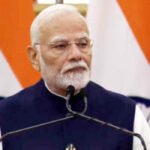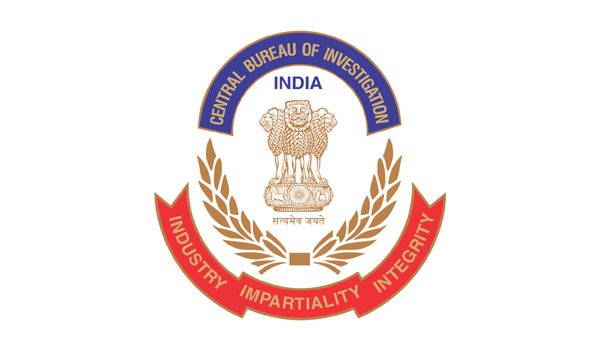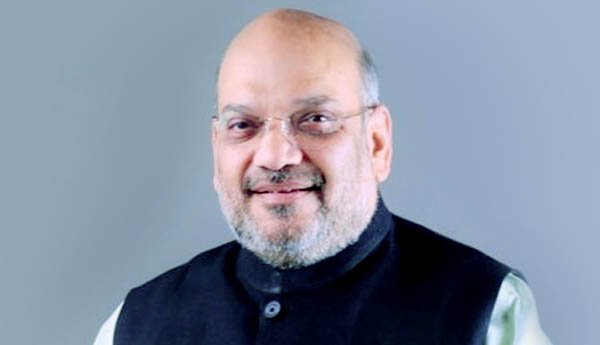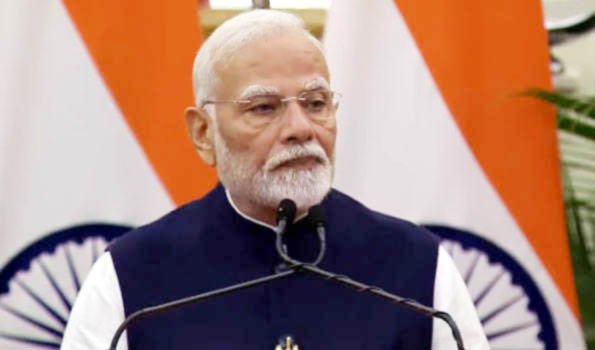New Delhi, Aug 22 (UNI) A staggering Rs 42.68 crore of taxpayers’ money had to be spent on senior advocates, including Abhishek Manu Singhvi and others, to contest as many as 542 “frivolous and false” cases filed against him during the previous UPA regime, said union Minister for Culture and Tourism Gajendra Singh Shekhawat.
Speaking at his residence with Women Journalist Welfare Trust (WJWT), the Minister stressed that such politically motivated litigations not only burden individual public representatives but also drain resources from the exchequer that could otherwise be channelled into development initiatives.
Shekhawat, who defeated Vaibhav Gehlot from Jodhpur in the 2019 Lok Sabha elections and has held key portfolios including Jal Shakti, recalled how court battles become an “instrument of harassment.”
“The economic cost of such cases is borne not only by individuals but by the nation itself. These resources, if used productively, could go into infrastructure, education, or tourism development,” he said.
Turning to his ministry’s core agenda, Shekhawat underlined the rising importance of tourism in India’s growth story. “Tourism already contributes 13. 5 per cent to our GDP. Our target is to push this to much more, making it the single largest contributor from any sector,” he said.
Citing the Mahakumbh in Allahabad and the surge in visitors at Ujjain’s Mahakal corridor, he noted that spiritual and domestic tourism have grown manifold under the Modi government.
“We are investing in infrastructure to ensure that the experience of travellers improves and that destinations are able to handle increasing footfall,” he added.
The Minister admitted that high costs of hotel construction, averaging Rs 1.5 crore per room along with limited bank support, have deterred mid-scale tourism infrastructure.
To address this, the government has brought hotels under the category of infrastructure investment, making long-term loans of 20 years or more viable.
“This step will decongest the system and help build inventory. Earlier, Taj took 50 years to expand beyond its first property. Now, new destinations are being added every year,” Shekhawat pointed out.
On sustainable tourism, Shekhawat said the ministry is working on “behavioural change” campaigns targeting drivers, guides, hotel staff, and shopkeepers, to improve tourist experience and ecological sensitivity.
“We are encouraging practices like in-cab dustbins, training programmes, and tree plantation drives. Sustainability will not remain an abstract idea; it will be incentivised,” he noted.
Looking ahead, Shekhawat announced a conclave of all state tourism ministers next month to formulate strategies that would enable India to compete with international destinations like Bali and Azerbaijan.
Post-pandemic, he observed, domestic tourism has surged, with budget travellers demanding affordability, while premium travellers seek unique experiences. “India’s minimum stay is seven days, but we must ensure that both budget and luxury travellers get value for their time and money,” he said.
He also touched upon the ambitious Yuge Yugeen Bharat National Museum, part of the Central Vista project, which aims to be the world’s largest museum showcasing India’s civilizational heritage. France is assisting in the technical design.
“The museum will be completed within a year, and we expect a daily footfall of 50,000. This will become a global cultural landmark,” the Minister said.
Shekhawat emphasised that tourism is now India’s second-largest employment generator after agriculture, contributing 13.8 percent to the economy.
“Every hotel room creates at least eight jobs. By 2047, when India’s economy touches $32 trillion, tourism alone will contribute $3 trillion, making it our highest employment-generating sector,” he projected.
The Minister also highlighted success stories from the North East, cruise tourism, cultural heritage projects like GI-tagged craft exhibitions at the Red Fort, and the integration of sports tourism into India’s growth vision.
The interaction concluded with a personal note as Shekhawat introduced his daughter, Suhasini, an Oxford graduate, rifle shooter, and accomplished swimmer who has traversed the length of the Brahmaputra and Ganga rivers.









